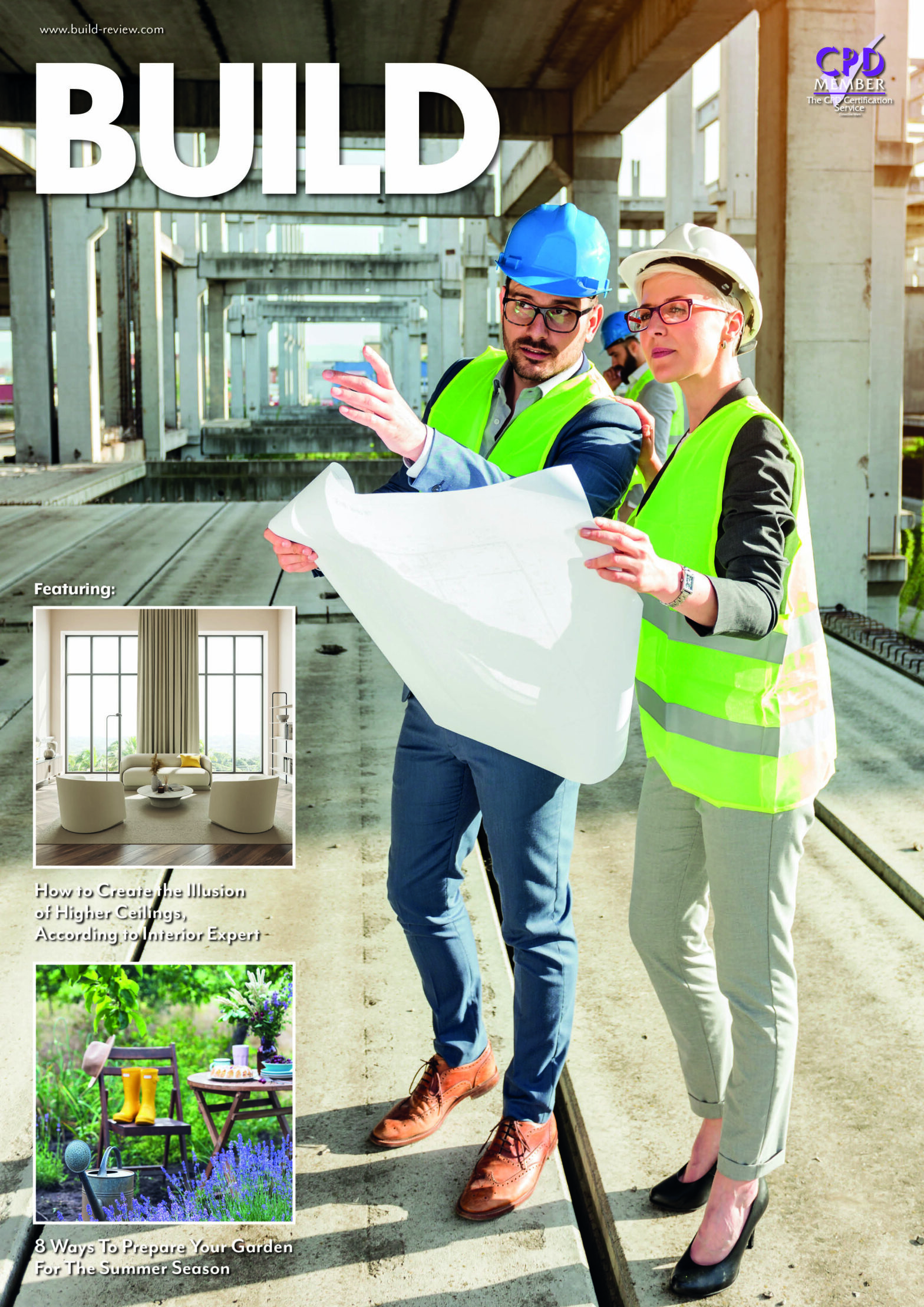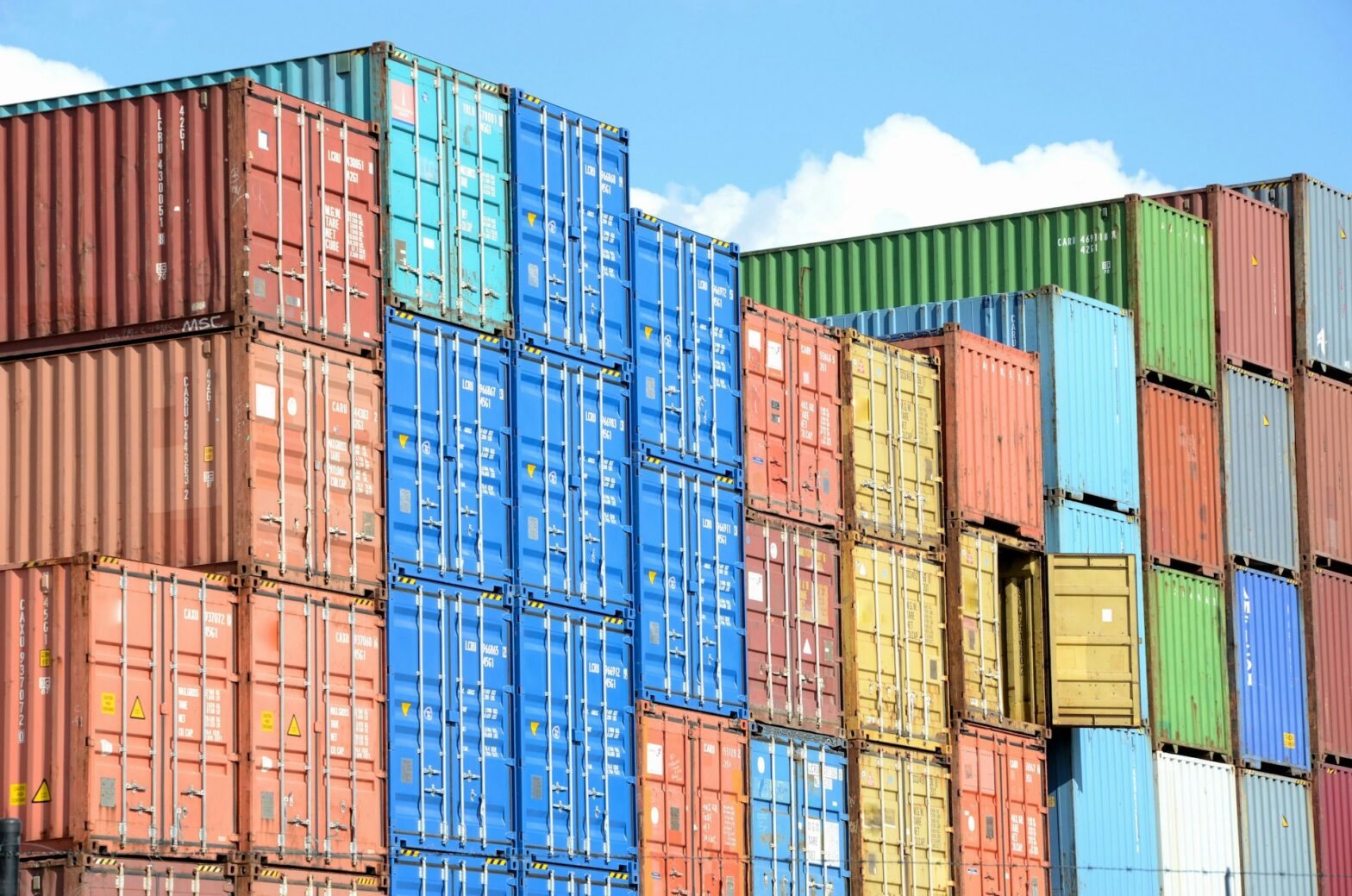Efficient waste management isn’t just good for the environment—it’s good for business. Warehouses, by their nature, generate considerable waste. Cardboard, plastic wrap, scrap materials, and even outdated inventory all pile up. Without proper waste strategies in place, operational efficiency suffers and environmental responsibilities are neglected.
This article outlines practical waste management strategies designed specifically for warehouse environments. These best practices can help reduce waste output, cut costs, and enhance overall productivity.
1. Conduct a Waste Audit
The first step to managing warehouse waste effectively is knowing what you’re dealing with. A waste audit gives you a clear picture of the types and volumes of waste your facility produces.
During the audit, track everything—from packaging materials to damaged goods. Identify where waste is coming from and how frequently it accumulates. You may find that certain departments or operations generate significantly more waste than others.
This data becomes the foundation for all other waste reduction efforts. Without it, you’re simply guessing. With it, you can set measurable goals and design targeted interventions.
2. Eliminate Excess Packaging
Warehouses often receive products with far more packaging than necessary. Corrugated boxes, plastic fillers, and shrink wrap are commonly overused. While these materials may protect goods during transit, they also contribute heavily to landfill waste.
To reduce packaging waste:
- Work with suppliers to streamline incoming packaging.
- Use reusable containers for internal transfers.
- Implement bulk purchasing to reduce packaging frequency.
Not only does this minimize waste, but it also reduces unpacking labor and material disposal costs.
3. Introduce a Recycling Program
Recycling should be standard operating procedure in any warehouse. Cardboard, plastic, and metal scraps can typically be diverted from landfills. But successful recycling programs require structure.
Start by placing clearly labeled recycling bins in high-traffic areas. Train your staff to sort materials properly and explain why the process matters. Consider partnering with local recycling firms that offer pickup services tailored to commercial operations.
Additionally, assign a waste management lead to oversee the program and track recycling volumes monthly. This helps ensure accountability and ongoing improvement.
4. Invest in the Right Equipment
Improper material handling often leads to avoidable waste. That’s why investing in purpose-built equipment can go a long way toward reducing loss and contamination.
One such tool is the bottom dump hopper—a heavy-duty container designed to streamline the disposal and transport of bulk materials. These hoppers allow workers to manage waste more safely and efficiently, reducing the risk of spills, injuries, or material contamination.
Bottom dump hoppers can be rolled into position, filled on the floor, and then emptied using forklifts without manual lifting. This cuts down on labor costs while ensuring that waste handling remains organized and contained.
5. Digitize Inventory Management
Excess inventory and expired goods are among the most overlooked forms of warehouse waste. These items occupy valuable space and often end up discarded. By digitizing your inventory systems, you can track stock levels in real-time and prevent over-ordering.
Inventory management software helps:
- Forecast demand more accurately.
- Identify slow-moving items.
- Minimize product expiration and obsolescence.
Fewer unneeded goods mean less waste overall. And digital systems reduce paper waste too—an added bonus.
6. Embrace Lean Warehouse Practices
Lean principles focus on maximizing value while minimizing waste. In the warehouse context, this involves streamlining processes, reducing excess movement, and eliminating unnecessary steps.
Examples of lean practices include:
- Organizing tools and supplies for easy access.
- Standardizing workstations.
- Reducing wait times between tasks.
By simplifying and optimizing your daily workflows, you reduce wasted time and materials. In turn, this creates a cleaner, more productive environment.
If you want to dive deeper into lean warehousing concepts, check out detailed guides by the Environmental Protection Agency (EPA). It’s a high-authority source that explores how lean strategies intersect with environmental sustainability.
7. Train and Engage Staff
Even the best waste management plan will fail without employee buy-in. Make sure your team understands the “why” behind waste reduction efforts.
Hold regular training sessions that:
- Teach proper waste sorting and handling.
- Encourage reporting of waste-related issues.
- Promote ideas for continuous improvement.
Recognize and reward teams or individuals who consistently follow waste protocols or suggest meaningful changes. When employees feel involved, they’re more likely to adopt sustainable habits.
8. Set Measurable Goals and Track Progress
Goals drive accountability. Set specific targets such as “reduce landfill waste by 20% in 12 months” or “increase recycling volume by 30%.” Track your progress using data collected from audits, bin weights, and equipment logs.
Visual aids like charts or leaderboards can keep your team engaged. Share updates in meetings and newsletters to maintain momentum.
Review your performance quarterly and refine strategies based on real outcomes. Continuous tracking ensures your warehouse waste management system evolves as your operation grows.
Final Thoughts
Smart waste management doesn’t require dramatic overhauls. It’s about making consistent, data-informed improvements to your operations. From using bottom dump hoppers to digitizing inventory, every strategy contributes to a more efficient and environmentally responsible warehouse.
Implementing these best practices won’t just reduce your landfill contributions—they’ll improve your bottom line and workplace morale. Waste isn’t just about trash; it’s about potential. Start managing it like the valuable opportunity it is.





























